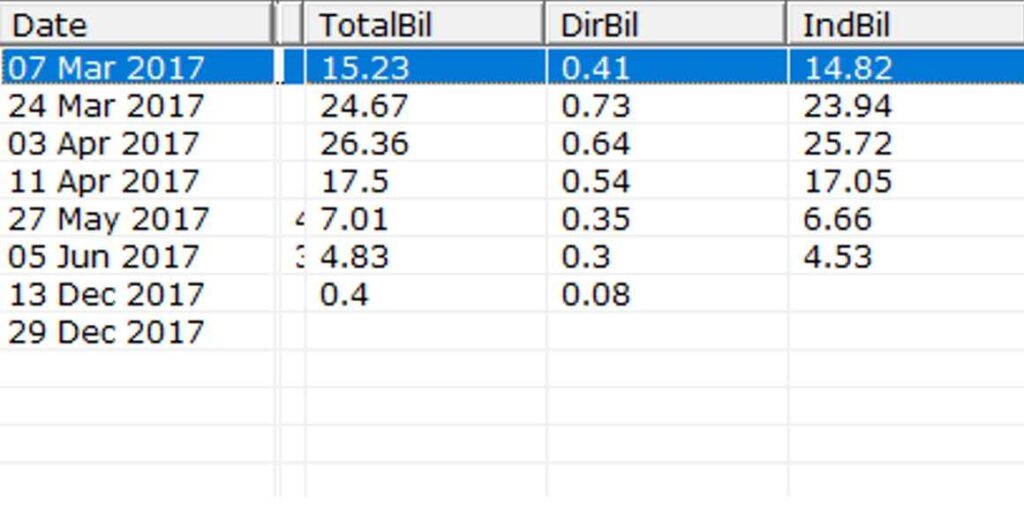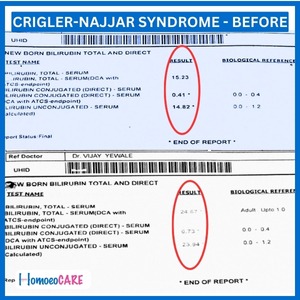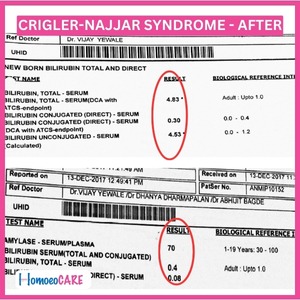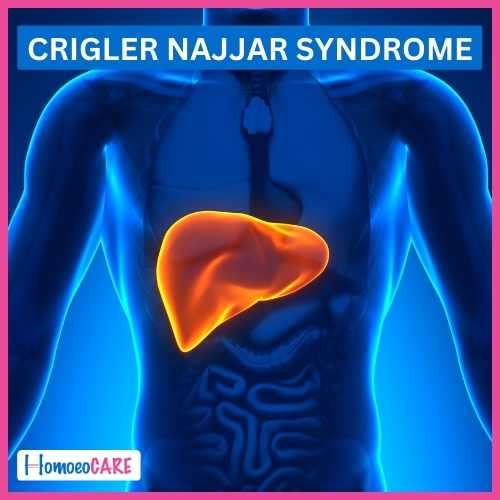How HomoeoCARE Treated a Newborn Infant with Crigler-Najjar Syndrome
Introduction
A 1-month and 22-day-old male infant was born with hyperbilirubinemia and later diagnosed with Crigler-Najjar Syndrome, a rare genetic disorder. Despite receiving conventional treatments, including phototherapy, the infant’s bilirubin levels fluctuated and never fully normalized. This case highlights how HomoeoCARE’s alternative approach successfully treated the condition, providing hope for those with genetic disorders like Crigler-Najjar Syndrome.
Crigler-Najjar Syndrome: An Overview
Crigler-Najjar Syndrome is a genetic disorder that impairs the liver’s ability to conjugate bilirubin, a substance formed during the breakdown of hemoglobin. Normally, bilirubin is converted into a water-soluble form in the liver and excreted through bile and urine. However, in Crigler-Najjar Syndrome, defective liver enzymes cause bilirubin to accumulate in the blood. This unconjugated bilirubin can cross the blood-brain barrier, leading to potential brain and nerve tissue damage. The condition can result in jaundice and elevated bilirubin levels that can be challenging to treat with conventional therapies.
Treating Crigler-Najjar Syndrome with HomoeoCARE
The infant was born weighing 3.65 kg, cried immediately after birth, and exhibited normal tone and feeding behavior. Despite these positive signs, the infant developed persistent jaundice. Initially, the jaundice was thought to be physiological, but after the bilirubin levels did not normalize, the baby was transferred to the NICU. Phototherapy was administered for nine days, but the bilirubin levels fluctuated, eventually reaching alarming levels.
The infant’s bilirubin level initially stood at 17.8 and was later recorded as high as 26.36 despite conventional treatments. Investigations eventually led to the diagnosis of Crigler-Najjar Syndrome, prompting the parents to seek alternative treatment options.
HomoeoCARE’s homeopathic treatment was introduced as a complementary approach. Within two weeks of starting the treatment, the infant’s bilirubin levels dropped significantly from 26 to 17. Over the next few months, the bilirubin levels continued to decrease: to 7.01, then 4.8, and finally reached 0.4 mg by June, showing steady improvement.
Bilirubin readings over time:
- Initial Bilirubin Level: 26.36 mg
- After 2 weeks: 17 mg
- After 1 month: 7.01 mg
- After 3 months: 4.8 mg
- Final Reading (6 months): 0.4 mg
As the bilirubin levels normalized, the infant also showed remarkable progress in developmental milestones. The child grew healthy, achieving typical developmental milestones and engaging in activities like riding a bicycle—something that seemed unimaginable during the height of the illness.

Conclusion
HomoeoCARE’s homeopathic treatment proved to be a highly effective alternative for this newborn diagnosed with Crigler-Najjar Syndrome. By addressing the root cause of the bilirubin metabolism dysfunction, HomoeoCARE was able to support the infant’s body in processing bilirubin more effectively, ultimately restoring normal levels and aiding in healthy growth. If you or a loved one is suffering from Crigler-Najjar Syndrome or a similar condition, HomoeoCARE’s innovative treatments offer a promising alternative to conventional approaches.



